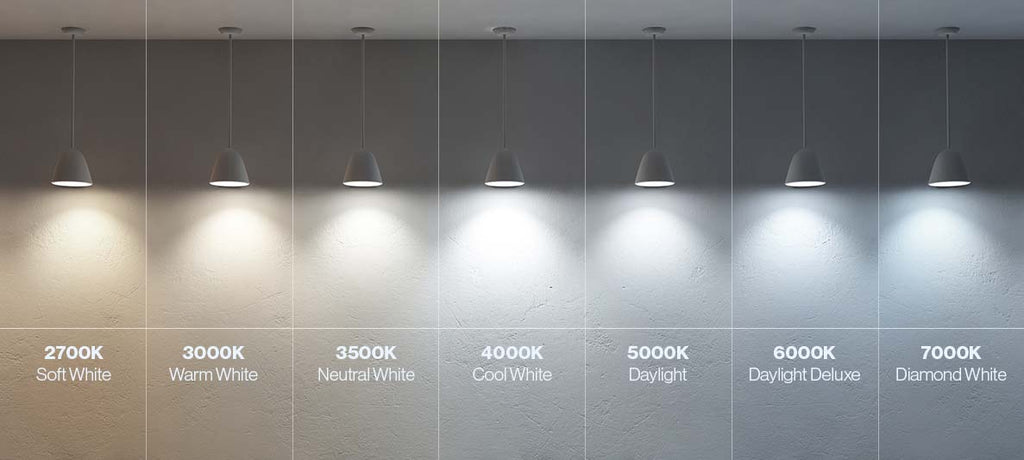Millions of Homes Have at Least One Electrical Error
The electrical systems in your home are complex and require maintenance just like a car does. When you own a car, you bring it to a mechanic for regular checkups and fixes. You should be doing the same thing with your home by calling an electrician to check up on your systems, though many homeowners do not do this often enough. This has led to millions of outdated American homes—over 60% of homes built before the 1970s.
Neglecting your electrical system can leave your home vulnerable to issues that you may not even know exist. Some of the most common residential issues include power surges, faulty outlets, tripped circuit breakers, and old wiring and cables, which can lead to inconvenience and safety risks.

Energy Inefficiencies
Homes all across the United States are essentially "Energy Vampires" with leaky and faulty systems that are long outdated. This is especially true for homes on the east coast where cities and architecture are much older. More than 40 percent of the energy usage at home comes from electricity consumption, and the amount has risen seven-fold from six decades ago.
Residential homes also produce nearly one-fifth of the country's energy-related greenhouse gas emissions. Greenhouse gas emissions from household electricity use have dropped 31 percent since 2005. But the dip is largely the result of a decline in coal power plants, not changes in home energy use.
Dangerous Connections to Power Strips
Most people turn to power strips to fulfill our demands for electricity. But while it’s okay to use these to charge smartphones or power an entertainment setup, there are some power-hungry devices that you should never plug into a power strip that can cause shortages or even electrical fires.
Hair care devices, microwaves, coffee makers, and toasters are some of the most common things found plugged into power strips that shouldn’t be. It takes a tremendous amount of electricity to power these devices and so they shouldn’t share outlets with too much else. If you try to plug additional appliances into the same outlet, you risk tripping the circuit and damaging your home's electrical system.

A Bathroom Socket That Is Too Close to The Bath
Bathroom electrical outlets should be placed to the left of the sink at a safe height for easy access. This placement ensures convenience and meets the electrical code requirements for bathroom safety. Current electrical codes for bathrooms list safety measures to lessen electrical accident risks. Outlets must be within 6 feet of the outside edge of a sink, at least 12 inches above the countertop, and at a height that is easily accessible and not obstructed
However, many older homes do not follow these regulations. As a result, outlets get wet which turns your bathroom into a breeding ground for sparks.

Exposed Light Bulbs in Closets
It’s not uncommon, especially in older homes, to find exposed incandescent light bulbs in closets. You know the ones—they've got a long pull string rather than a switch. After recent code updates, all light bulbs in closets must be fully covered or enclosed in some sort of housing. Otherwise, the heat from that lightbulb can turn your closet into Louis Vuitton kindling.
Many homes fix this issue by simply covering the fixture, but some have gone on to upgrade to smart lighting or LEDs

Obsolete Equipment or Outdated Wiring
Outdated wiring poses potential risks to the safety and functionality of electrical systems within homes and buildings. It can refer to various issues, such as deteriorating insulation, a lack of proper grounding, the use of obsolete components, or improper installation techniques.
In the case of older structures, especially those built several decades ago, electrical systems might not be equipped to handle the energy demands of modern appliances and devices. This discrepancy can lead to electrical hazards, including short circuits, electrical fires, or even electrocution.
Electrical Fires in the United States
In some cases, a home’s outdated or non-code compliant equipment can cause electrical fires. In fact, residential electrical fires account for an estimated 51,000 fires each year, nearly than 500 deaths, more than 1,400 injuries, and $1.3 billion in property damage. This accounts for about 10% of all fires and 15% of all fire related deaths.
December and January are the most dangerous months for electrical fires as winter months call for more indoor activities and increases in lighting, heating, and appliance use. Electrical fires most commonly occur in the bedroom. However, electrical fires that begin in the living room/family room/den areas result in the most deaths.

Older properties pose significant electrical hazards, including fire hazards and electrocution dangers. Scheduling a prompt inspection and update with an expert electrician can mitigate these electrical hazards, ensuring lasting safety for you and your family. By keeping your home equipped with modern electrical systems and staying informed about the latest codes and regulations, you are taking a proactive step towards safeguarding your home against potential hazards.




